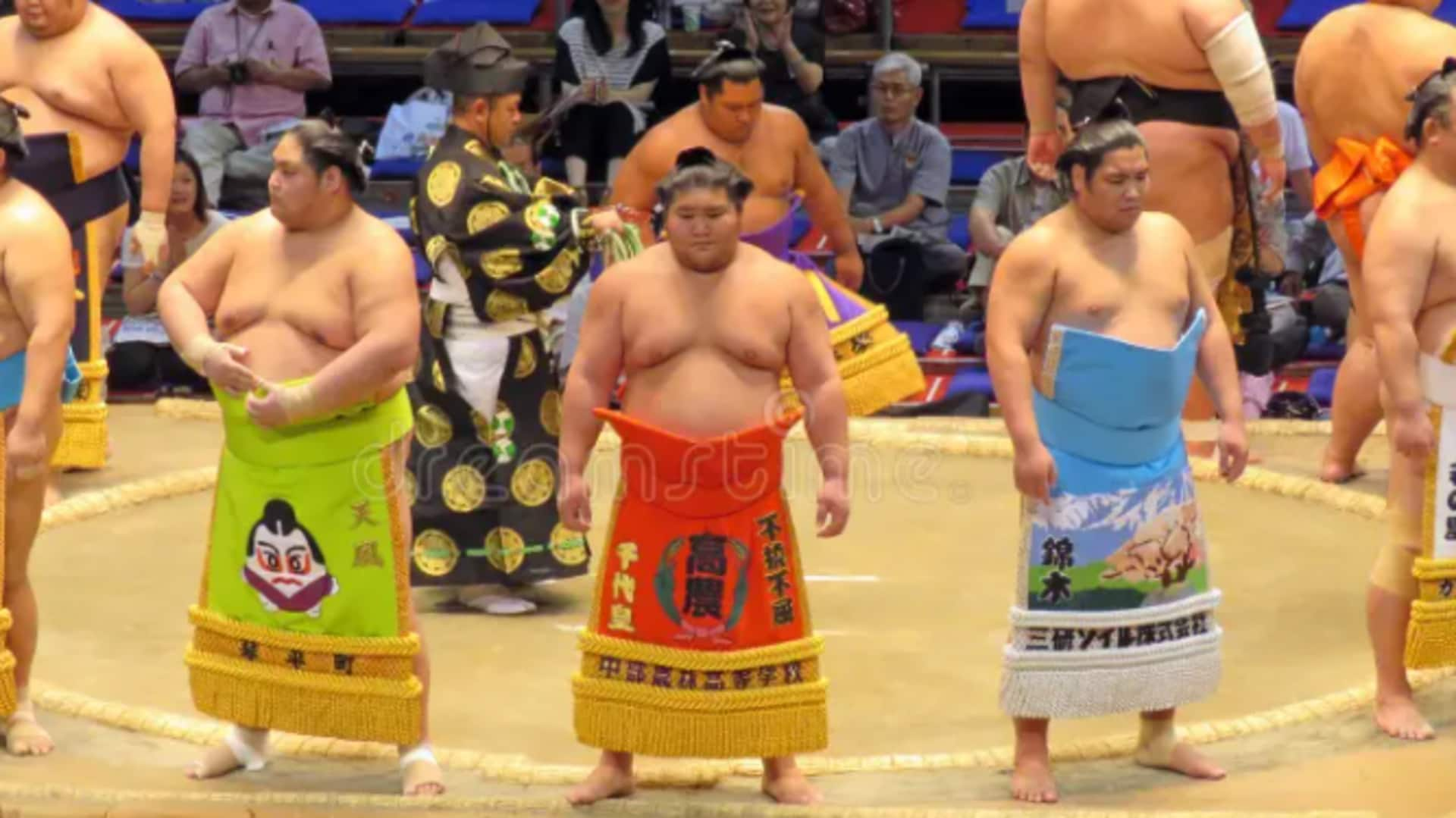Unveil Tokyo's sumo secrets with this guide
What's the story
Tokyo seamlessly marries the past with the present, and it's within this dynamic capital that the ancient sport of sumo wrestling thrives.
Often misunderstood by travelers, sumo is far more than a competitive match; it's a cultural phenomenon rich in history and spirituality, offering a glimpse into the soul of Japan that many are curious about yet frequently misinterpret.
Training insights
The truth about sumo training
Sumo wrestlers commit to intense training that demands discipline and mental fortitude alongside physical strength.
These athletes are not just about gaining size; they adhere to strict dietary plans and engage in workout routines aimed at enhancing both strength and flexibility.
This disciplined approach is a testament to their dedication to the sport and its traditions.
Cultural significance
Sumo matches aren't just entertainment
Many think of sumo as mere entertainment, but it's deeply rooted in Shinto traditions.
Each match begins with a salt purification ritual, symbolizing cleansing and protection.
Wrestlers fight within a sacred ring, the "dohyo," which itself is a symbol of the universe in Shinto belief.
These elements infuse sumo with profound spiritual significance, echoing the depth of Japanese culture.
Gender myths
The role of women in sumo wrestling
Many believe that sumo is a male-only sport, but this is not entirely true.
While professional sumo does not feature many female wrestlers, women are active participants in amateur sumo wrestling.
Their presence in the sport is on the rise, challenging old stereotypes and slowly changing perceptions.
As more women engage in sumo, they gain recognition and contribute to the sport's evolving landscape.
Local experience
Experiencing sumo beyond the stadium
To gain a deeper understanding of sumo wrestling, one should venture beyond the well-known tournaments.
Exploring small "heya," or sumo training stables, can be enlightening.
These places occasionally open their doors for visitors to observe morning practice sessions.
Witnessing these practices firsthand sheds light on the wrestlers' commitment and corrects common misconceptions regarding their rigorous lifestyle.
